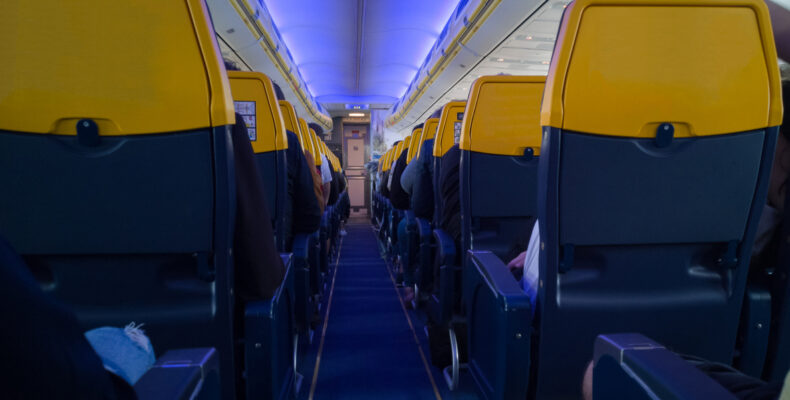
Do safety regulations inhibit innovation in the aerospace sector?
Reading this headline, you might think that safety inhibiting innovation isn’t a bad thing. Stockton Rush, founder of OceanGate® Expeditions which made the Titan submersible, described his industry as ‘obscenely safe’ and alleged that the strict regulations on passenger-vessels held back innovation.
As the loss of the Titan showed, safety regulations are there for good reason – but is there a grain of truth in regulations holding back ingenuity, and stifling developments?
The passenger aerospace sector is strictly-regulated, with pretty much all aircraft components – from engine parts, to cabin window blinds, and fuel – needing approval from bodies including the CAA (Civil Aviation Authority, UK), FAA (Federal Aviation Administration, USA) and EASA (European Union Aviation Safety Agency). The extensive testing needed to certify components has underpinned the impressive global passenger safety record – on average, a person would need to take a flight every day for 25,214 years to meet a fatal accident.
An unintended consequence of the lengthy certification process is that many in the aerospace supply chain never ‘think outside of the box’ of extant certifications, so developments are limited to variations falling well within the pre-approved limits to avoid new certifications. Something that might seem like a minor change to an aerospace industry outsider could therefore be unthinkable for an aerospace company.
For example, does it matter if a light is blue or green?
This question came up for STG Aerospace Ltd. (STG), a company which provides emergency exit markings for many airlines. Photo-luminescent exit markings contain chemicals which effectively store and re-release light, so they can mark a safe route to an exit even if electricity fails. The existing certifications only included approvals for floor-path markings with a green glow, as only these had been proven to stay bright enough for the required period.
STG’s market research identified that a blue-glowing product would be popular with airlines, so decided to advance product development, despite the colour blue lying outside of the certifications at the time. The result was a new blue-glowing product which would meet the brightness and lifetime requirements. STG previously performed their own FAA witnessed naïve evacuation test to prove way-guidance for the first green emitting materials. In the approval stage of these blue emitting variants, the aviation authorities (FAA, EASA) required convincing that blue emitting materials could perform the same function. STG provided human perception analysis in 2016 and a naïve subject test witnessed by the certification authorities to prove that the blue emitting variants could perform the same function. As the performance of the blue glowing material was actually better than that of the green glowing material, no additional naïve evacuation tests were required to obtain the approval.
The company launched the saf-Tglo® blu product to widespread acclaim in the industry after the successful certification process, winning the 2016 APEX award for ‘Best Cabin Innovation’. In order to ensure STG was in a position to commercially maximise its return on investment from this innovation – particularly the process of achieving regulatory certification – the product was protected with various Intellectual Property (IP) rights.
On a larger scale, commercial passenger aircraft are required to use fuels which meet specified standards. Companies such as Boeing and Rolls-Royce are keen to move to new, ‘greener’ Sustainable Aviation Fuels (SAFs), rather than just improving the efficiency of current engines on current fuels within the current standards. They are therefore assisting with the development of updated standards to allow this, including performing rigorous and expensive safety and operational testing of their engines and aircraft with SAFs.
Without the support of major aerospace companies looking to decarbonise air travel, smaller companies who make and develop sustainable fuels would not be able to break into the passenger aerospace fuel market due to the certification barriers. Even for large, multi-national, corporations, innovation outside of current standards can be a long and slow process.
The aerospace sector is understandably risk-averse, but, whilst many innovators stay within the safety rules set by the aviation authorities, it is still possible to choose to innovate outside that remit to develop an improved feature which can lead to a change in safety regulations. As STG, Rolls-Royce, Boeing, and others have demonstrated, taking this commercial risk can pay off, whilst still playing it safe.
Barker Brettell has a dedicated aerospace sector team who can help and advise you on securing IP protection. If you would like to discuss any of the issues raised in this article, please contact the author or your usual Barker Brettell attorney.



